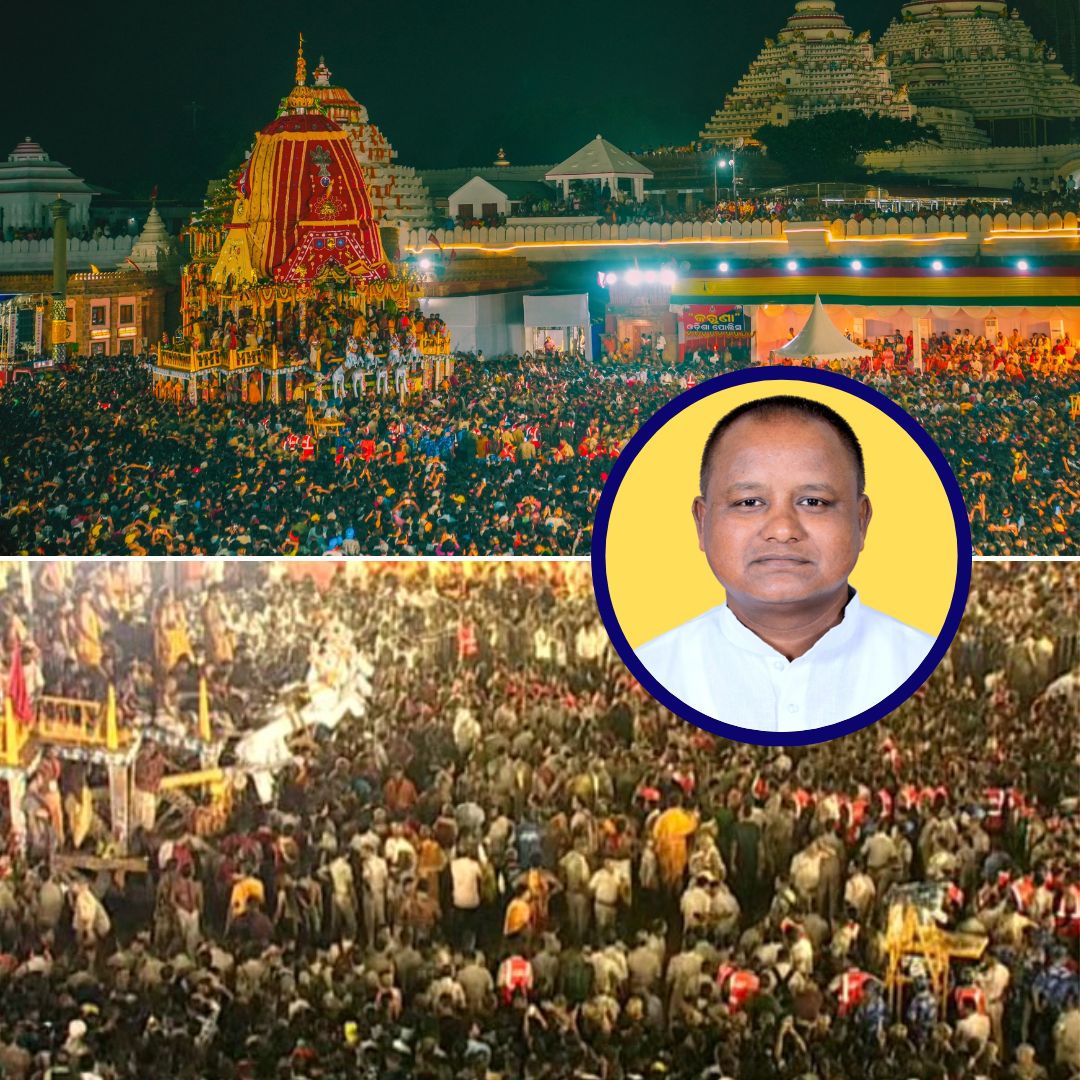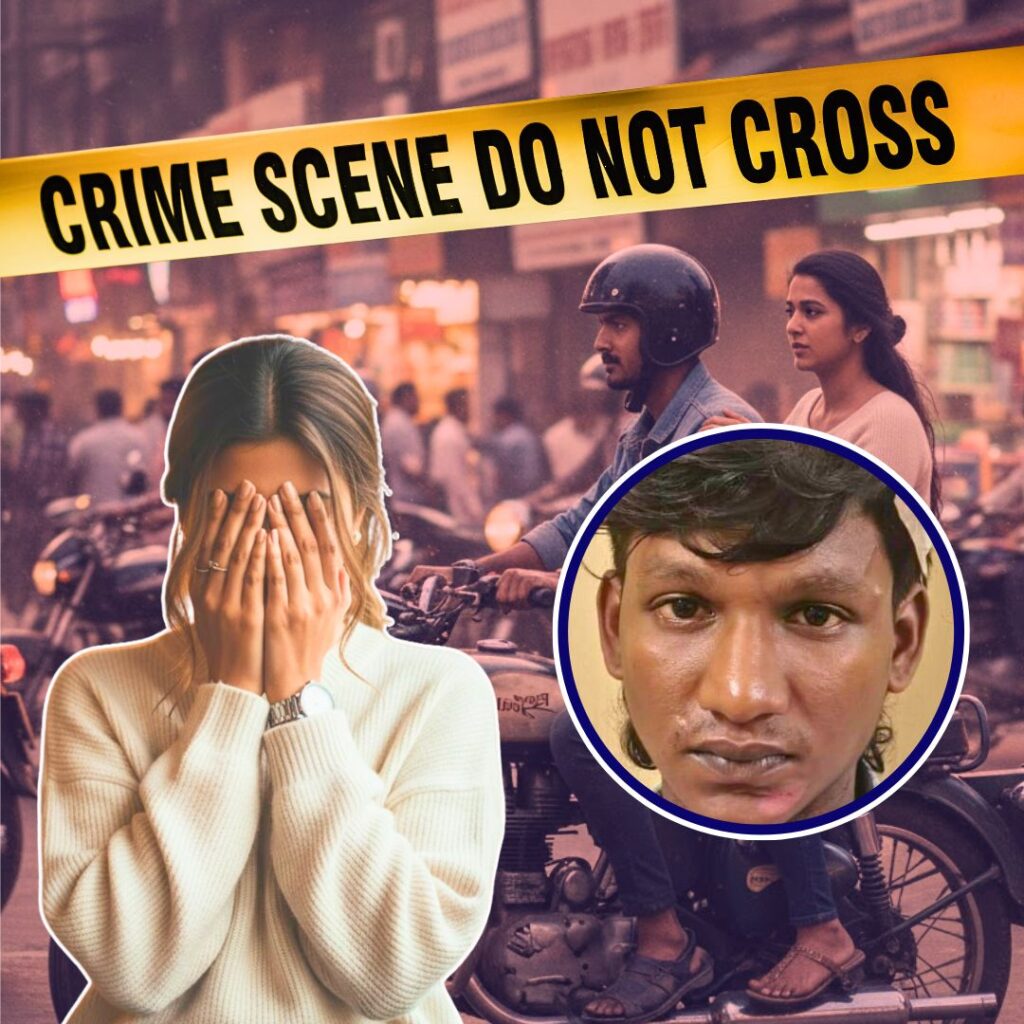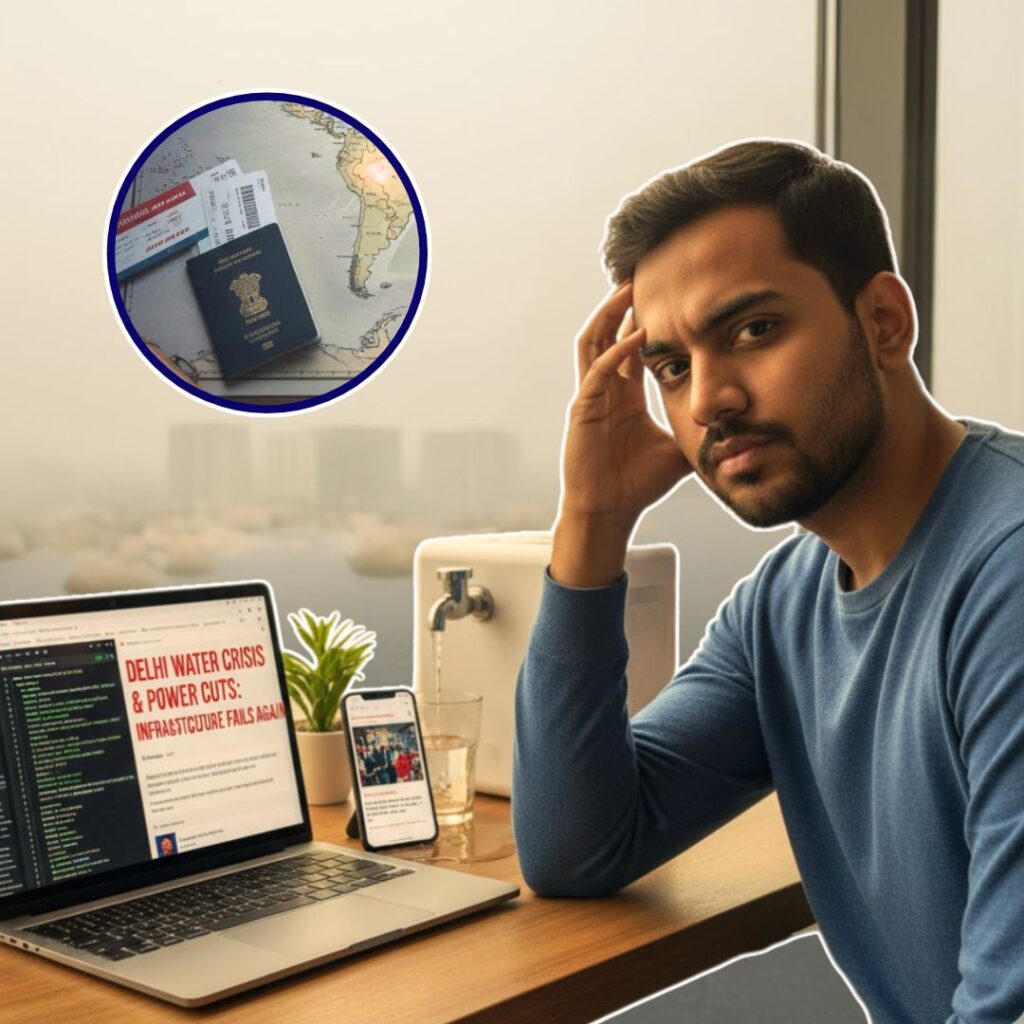A stampede-like situation during the annual Jagannath Rath Yatra in Puri, Odisha, on June 27, 2025, left over 500 devotees injured, with at least eight in critical condition and more than 300 hospitalised. The incident unfolded as an unprecedented crowd surged to pull the Taladhwaja chariot of Lord Balabhadra, overwhelming security and crowd management efforts.
Emergency services responded rapidly, transporting the injured to Puri Medical College and other local hospitals. Odisha officials, including Chief Minister Mohan Charan Majhi and Minister Mukesh Mahaling, assured the public that all possible medical and safety measures were being taken, with high-level reviews and ongoing rescue operations.
Surge of Devotion Turns Chaotic: First-Hand Accounts and Official Response
The stampede-like event took place on the Grand Road near the iconic Jagannath Temple, where lakhs of devotees had gathered for the revered chariot procession. Eyewitnesses described scenes of panic as the crowd pressed forward during the “Pahandi” ritual, with many people collapsing due to suffocation, exhaustion, and the oppressive humidity. “We were trying to move with the crowd, but suddenly people started falling.
There was no space to breathe,” recounted a devotee who was treated for minor injuries. Medical teams, ambulances, and volunteers worked tirelessly to provide first aid and transport the injured to nearby facilities. Minister Mukesh Mahaling, present at the site, said, “We have ensured that glucose, water, and medical assistance are available at every point.
The situation is under control, and all injured are being treated.” Chief Minister Majhi visited the hospitals and met with families of the injured, promising a thorough review of crowd management protocols.
Overcrowding, Delays, and the Challenge of Managing Tradition
This year’s Rath Yatra saw a record turnout, with crowds far exceeding official estimates, especially during the pulling of the Taladhwaja chariot. Delays in the ceremonial procession led to bottlenecks, with devotees pushing into restricted zones in hopes of a closer view or to participate in the ritual.
Despite the deployment of nearly 10,000 police and security personnel—including Central Armed Police Forces—the sheer scale of the gathering made it difficult to maintain order. The Puri district administration and Shree Jagannath Temple Administration acknowledged the challenges, stating that lessons would be learnt and future events would see enhanced safety measures.
The incident has reignited debate over how to balance the sanctity of ancient rituals with the demands of modern crowd management, especially as the festival continues to grow in scale and significance.
The Logical Indian’s Perspective
The Jagannath Rath Yatra is a symbol of India’s rich spiritual heritage, drawing millions together in a celebration of faith and unity. Yet, this year’s tragedy is a stark reminder that our collective devotion must be matched by a commitment to safety, empathy, and preparedness.
It is essential that authorities, organisers, and devotees work together to ensure that such incidents are not repeated—by embracing innovation in crowd management, prioritising the vulnerable, and fostering a culture of kindness and cooperation.
As we honour our traditions, let us also champion reforms that make our festivals safer and more inclusive. How can we, as a society, reimagine the management of large gatherings to protect every pilgrim’s well-being while preserving the spirit of our cherished festivals?
#WATCH | Puri, Odisha | Ambulances reached the Rath Yatra spot after some people complained of suffocation and were reported unconscious due to humidity.
— ANI (@ANI) June 27, 2025
The affected people were taken to the hospital and were provided with the required medical assistance https://t.co/Fie3j5sA03 pic.twitter.com/JYIkSUi7jj











